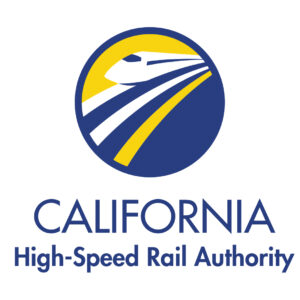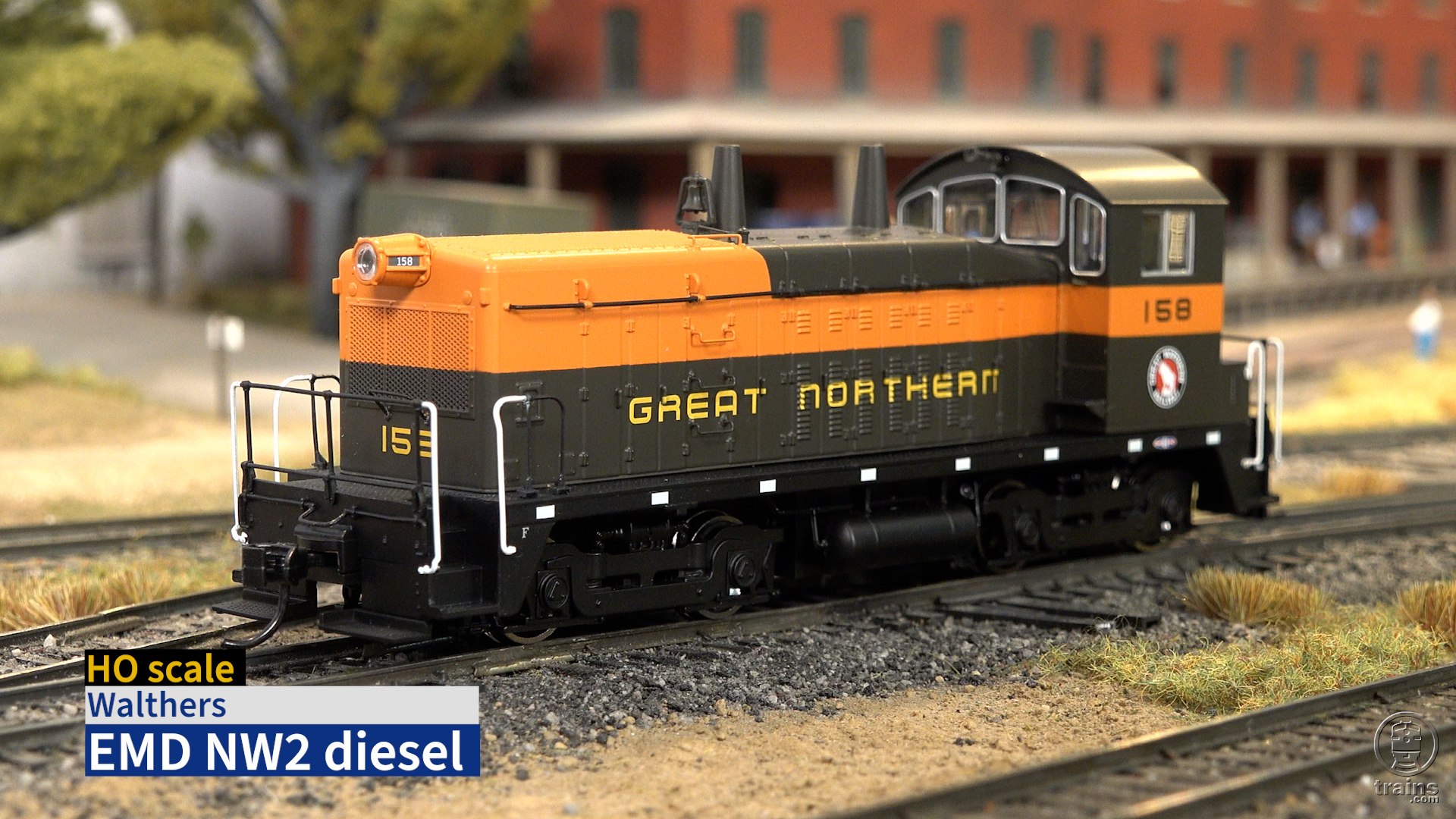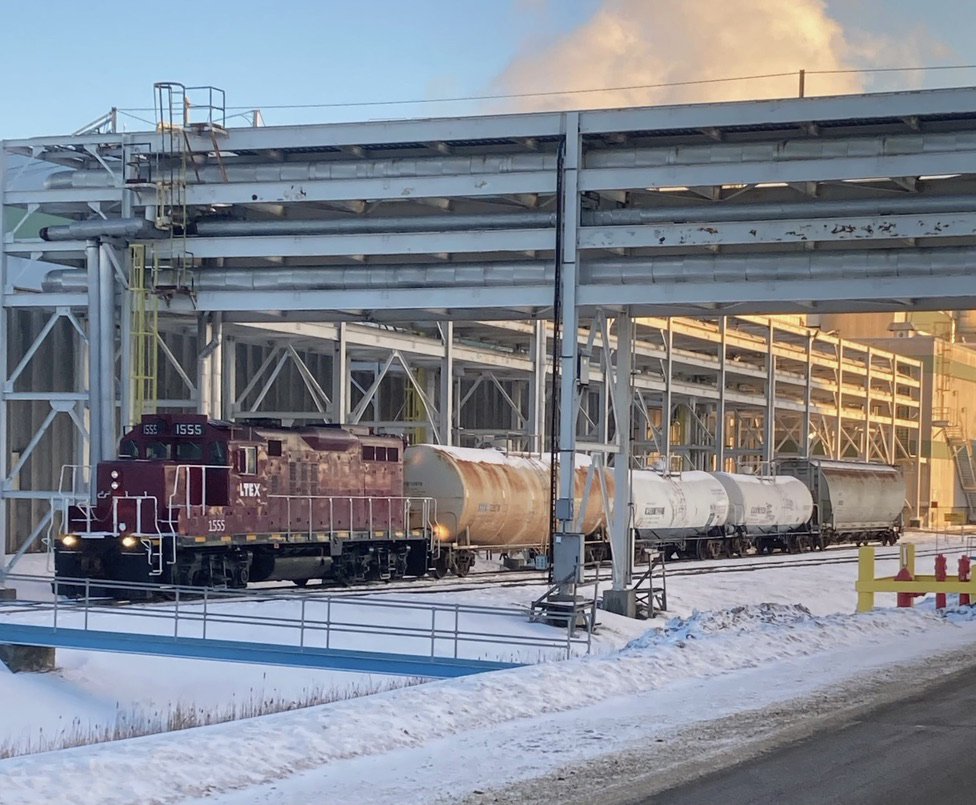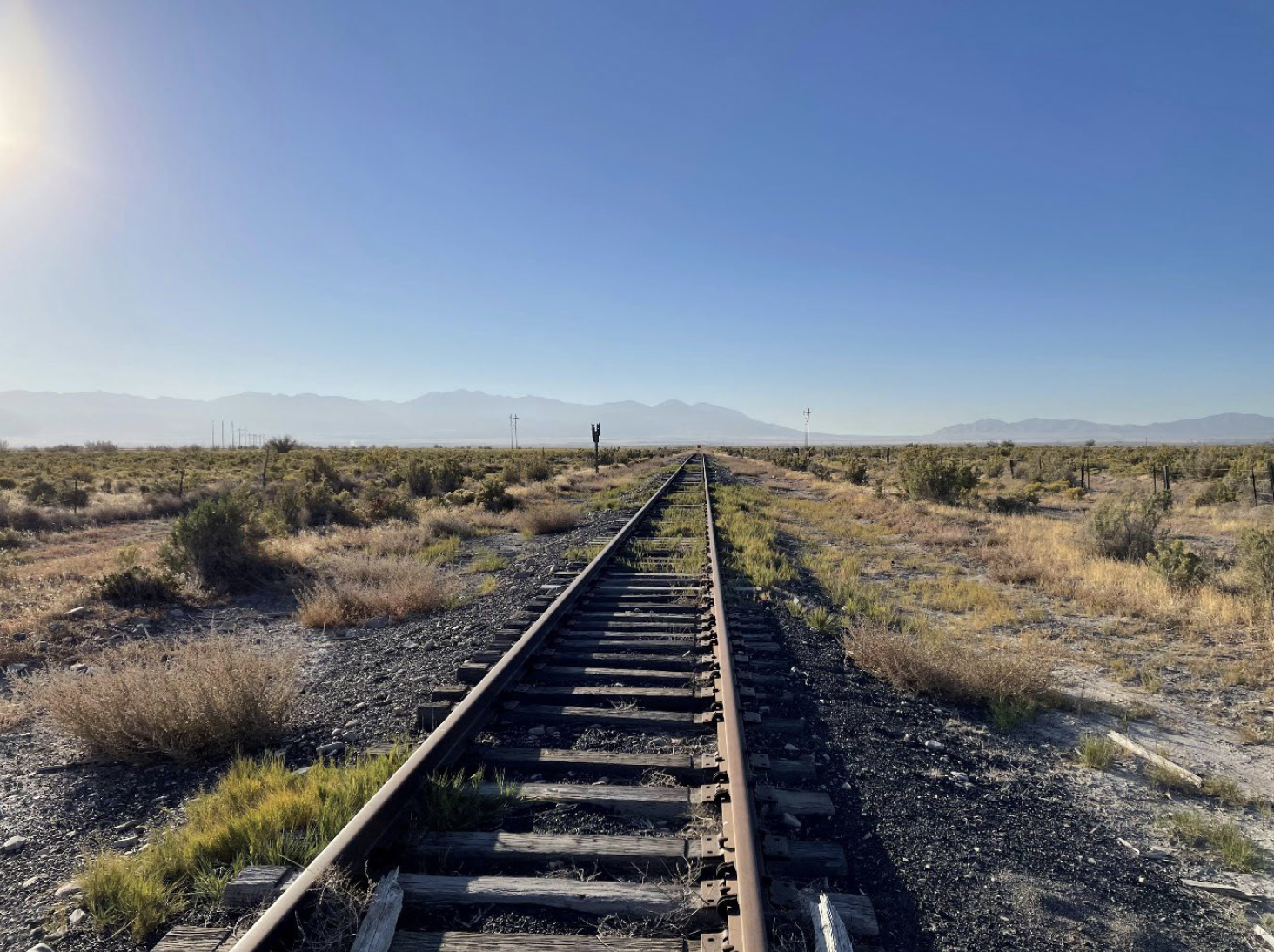 SACRAMENTO, Calif. — The California High-Speed Rail Authority has completed environmental clearance for the Northern California portion of its route — and for 420 miles of the entire 500-mile route from San Francisco to Los Angeles and Anaheim — after certifying the environmental documents for the San Francisco-San Jose section.
SACRAMENTO, Calif. — The California High-Speed Rail Authority has completed environmental clearance for the Northern California portion of its route — and for 420 miles of the entire 500-mile route from San Francisco to Los Angeles and Anaheim — after certifying the environmental documents for the San Francisco-San Jose section.
The final Environmental Impact Report/Environmental Impact Statement for the 43-mile segment was approved last week.
“With environmental studies completed in Northern California, we are closer than ever to realizing a first in the nation, statewide high-speed rail system,” Authority Chairman Tom Richards said in a press release. “We look forward to working with all of our regional partners and stakeholders in developing modern, sustainable transportation infrastructure, completing our work in the Central Valley and connecting to the Bay Area as soon as possible.”
The board selected the preferred alternative, Alternative A, in approving the environmental document. The segment will use the route being electrified by Caltrain, with new stations in San Francisco and Millbrae, a maintenance facility in Brisbane, and various improvements for speed and safety.
The full environmental report is available at the authority website.














“statewide high-speed rail system?” According to Google Maps it’s 408 miles from Anaheim to San Francisco via I-5 from Anaheim to Los Banos over to Gilroy and north to SF. It is another 103 miles down to Chula Vista and and 351 north of San Francisco to Hornbrook near the Oregon Boarder. 408 miles out off 862 is way less than statewide. 500 must include Sacramento.
George, that is because the chosen route is the route of “best political fit” (I.e., more voters in the communities through which it will, if ever, run) necessary to have passed the 2008 Proposition 1A Bond Issue.
After passing through Los Banos, it will continue east crossing Highway 99 and the UP R/W toward Madera (in the vicinity of) the BNSF R/W, and then south and crossing over Highway 99 and the UP R/W again through west Fresno, then south along, or east of the BNSF R/W to just north of Bakersfield; from there crossing over Highway 99 and the UP R/W a thirf time to a station in the vicinity of the old SP station in Bakersfield (no where near the existing Amtrak station on the BNSF); from there the alignment has no yet been determined, but per the Bond issue, it will cross the Tehachapi Mountains south and west of the existing UP(SP) Tehachapi Loop route on angle towards Palmdale; and from there parallel Metrolink’s (ex-SP) line through Soledad Canyon and Santa Clarita (where there are many NIMBYs) to Burbank; and thence to LAUPT. There was (maybe still is?) also a proposal to tunnel under San Gabriel Mountains from Palmdale to Burbank. This would cross the San Andres Fault; and the tunneling in general has disturbed the environmentals,, and some NIMBYs in the foothills NW of Burbank, but placated Santa Clarita. And in my opinion this is why the CHSRA has decided to connect the initial San Joaquin Valley segment to the Bay Area first; and why some So-Cal and Nor-Cal politicians are at odds with each other. All this to explain why the total mileage is closer to 500. With all the intermediate stops, speed will not make up the additional time the c. 92 miles will require.
Getting closer…
…and yet do far away.
Lawsuits will keep the project in limbo for years.